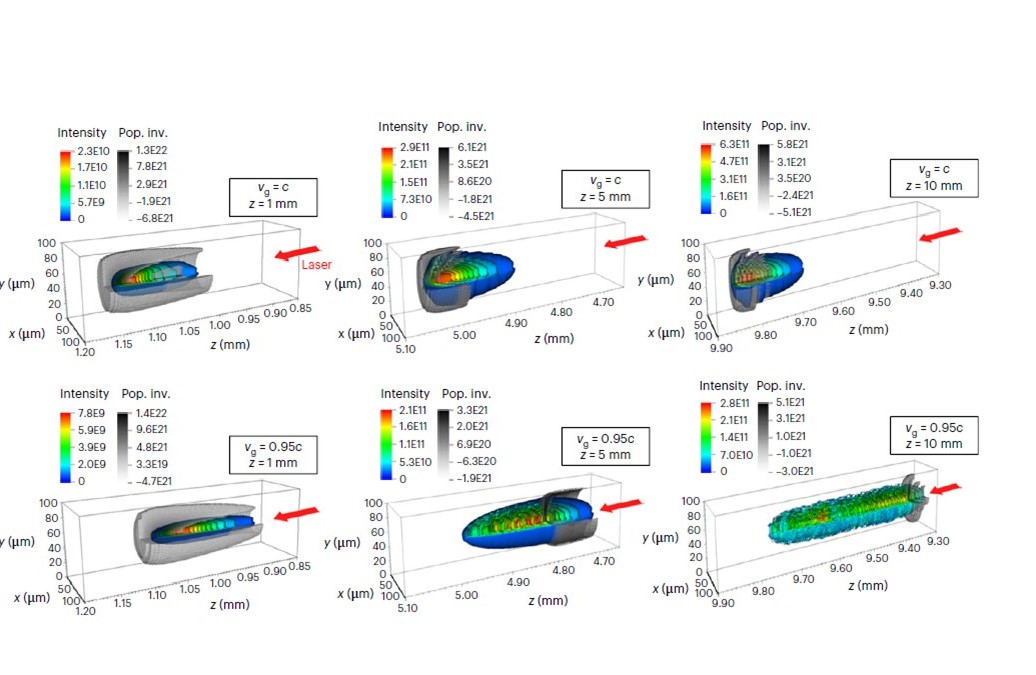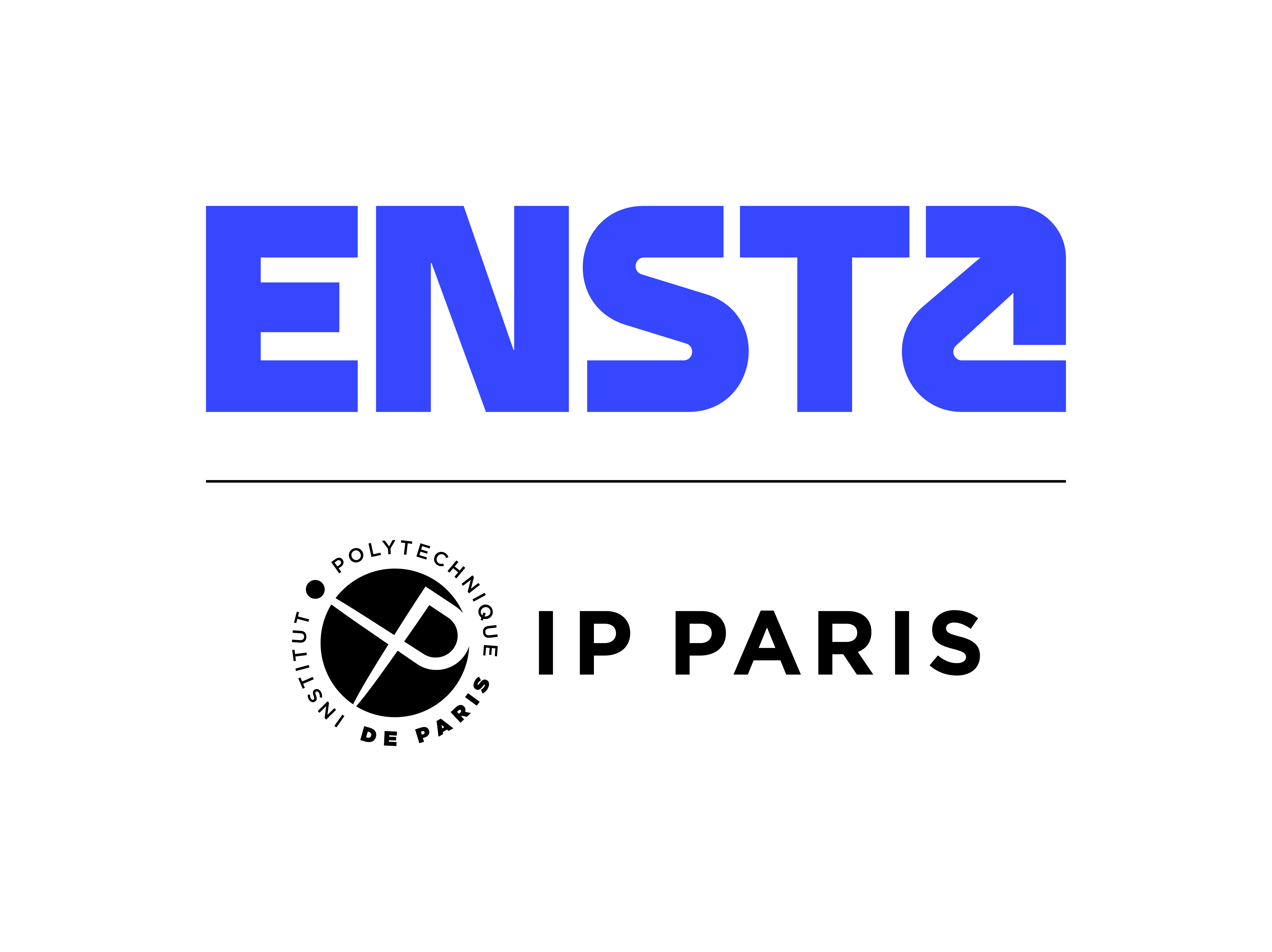X-ray sources based on laser-plasma interaction are attracting growing interest due to their many potential applications in medical, industrial and fundamental research fields.
Among the wide range of possible sources, X-ray lasers offer the possibility of producing intense, coherent beams of relatively compact size. The principle is simple: a high-intensity infrared laser beam is focused in a gas. The interaction between the laser and the gas produces a plasma whose state enables the amplification of X-rays. The latter propagate at a speed close to that of light, while the generating laser is slowed down by the plasma. This causes a phase shift between the X-rays and the laser, resulting in the loss of much of the amplification effect.
In a paper published in March 2023 in Nature Photonics, a team from LOA (joint research unit CNRS, ENSTA Paris - Institut Polytechnique de Paris, École polytechnique - Institut Polytechnique de Paris), in collaboration with researchers from Madrid and Prague, demonstrated for the first time the ability to correct this phase shift by controlling, through space-time couplings, the group velocity of a laser pulse to keep it synchronized with the X-ray pulse.

This method consists of differentially focusing the different components of the infrared laser spectrum to compensate for plasma dispersion, thus overcoming certain fundamental limitations.
This dispersion compensation technique offers promising prospects for many applications requiring control and adaptation of the speed of an intense laser in a plasma over centimeter lengths.
References:
Spatio-temporal couplings for controlling group velocity in longitudinally pumped seeded soft X-ray lasers
Kabacinski, Oliva, Tissandier, Gautier, Kozlová, Goddet, Andriyash,
Thaury, Zeitoun & Sebban.
Nature Photonics. 17, 354–359 (2023)


